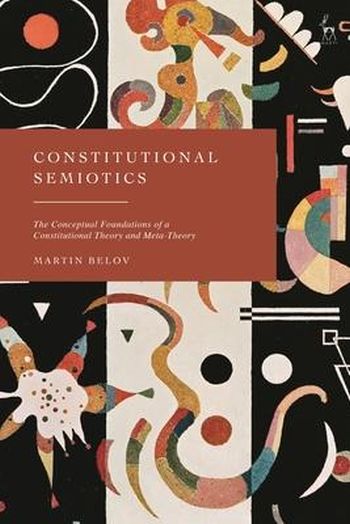
This book offers an outline of the foundations of a theory of constitutional semiotics. It provides a systematic account of the concept of constitutional semiotics and its role in the representation and signification of meaning in constitution, constitutional law, and constitutionalism. The book explores the constitutional signification of meaning that is stretched between rational entrenchment and constitutional imagination. It provides a critical assessment of the rationalist entrapment of constitutional modernity and justifies the need to turn to 'shadow constitutionalisms': textual, symbolic-imaginary and visual constitutionalism.
The book puts forward innovative incentives for constitutional analysis based on constitutional semiotics as a paradigm for representation of meaning in rational, textual, symbolic-imaginary and visual constitutionalism. The book focuses on the textual, imaginative, and visual discourse of constitutionalism, which is built upon collective constitutional imaginaries and on the peculiar normativity of constitutional geometry and constitutional mythology as borderline phenomena entrenched in rational, textual, symbolic-imaginary and visual constitutionalism.
The book analyses concepts such as: constitutional text and texture, authoritative constitutional narratives and authoritative constitutional narrators, constitutional semiotic community, constitutional utopia, constitutional taboo, normative ideology and normative ideas, constitutional myth and mythology, constitutional symbolism, constitutional code and constitutional geometric form. It explores the textual entrenchment of constitutionalism and its repercussions for representation and signification of meaning.